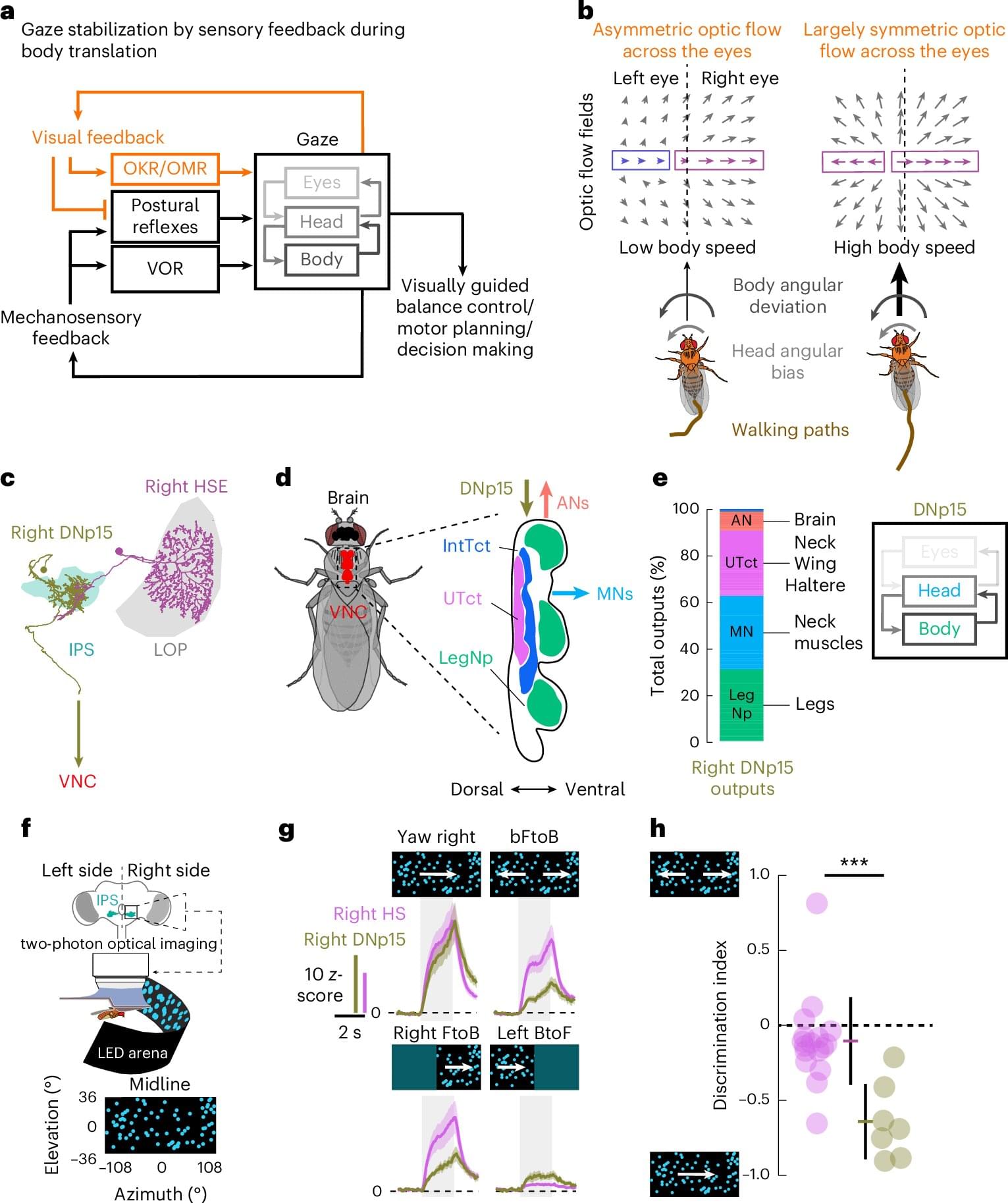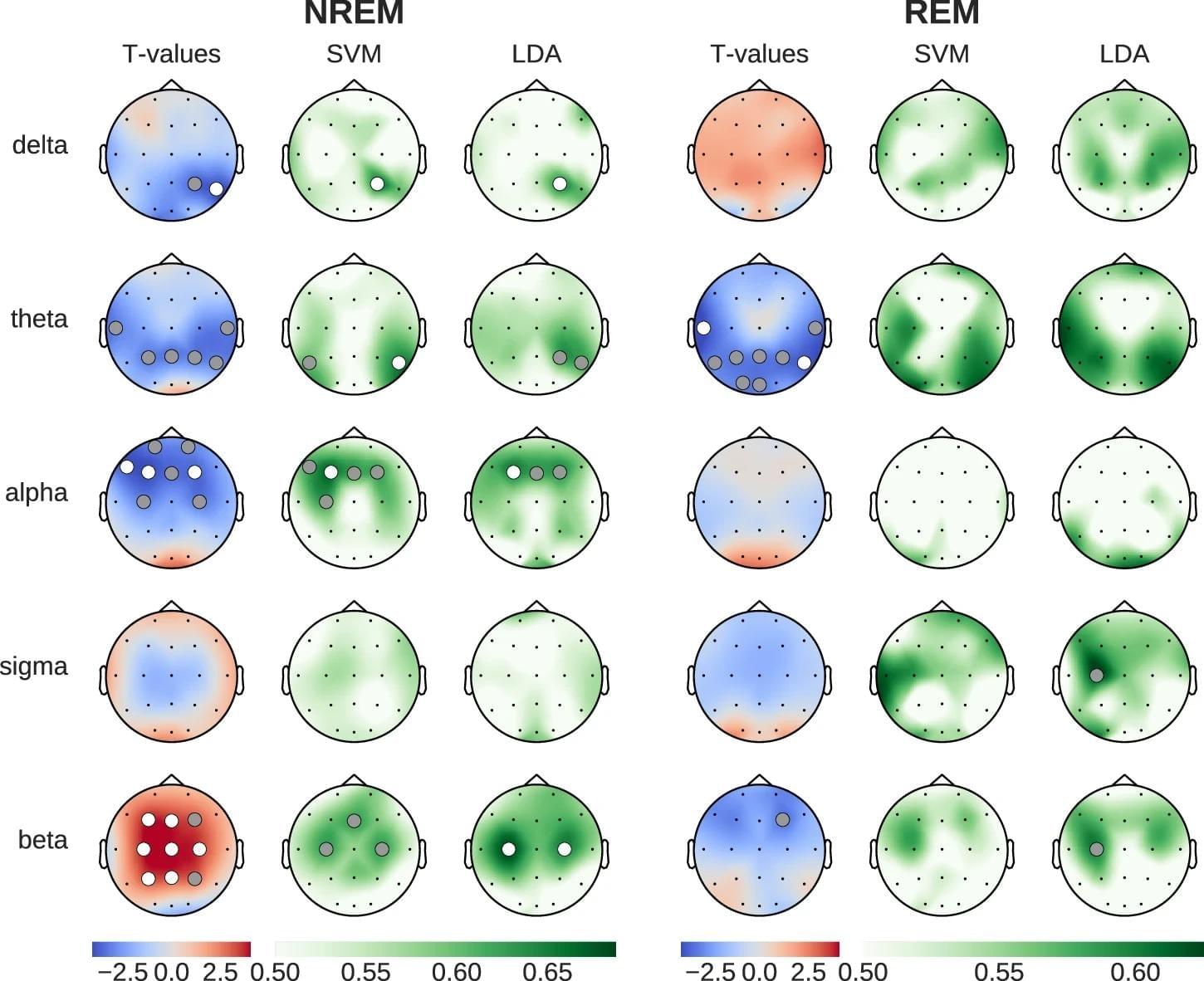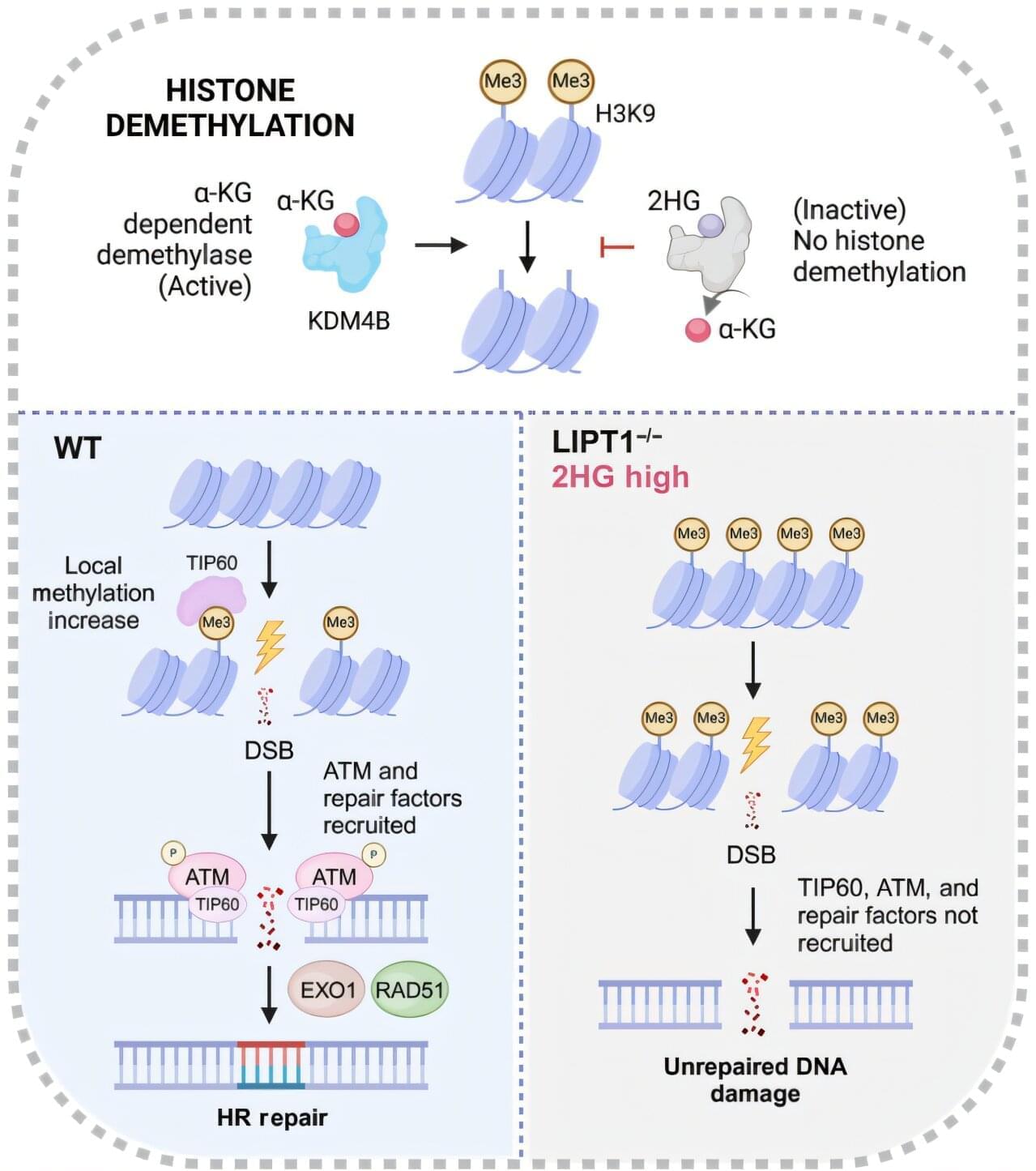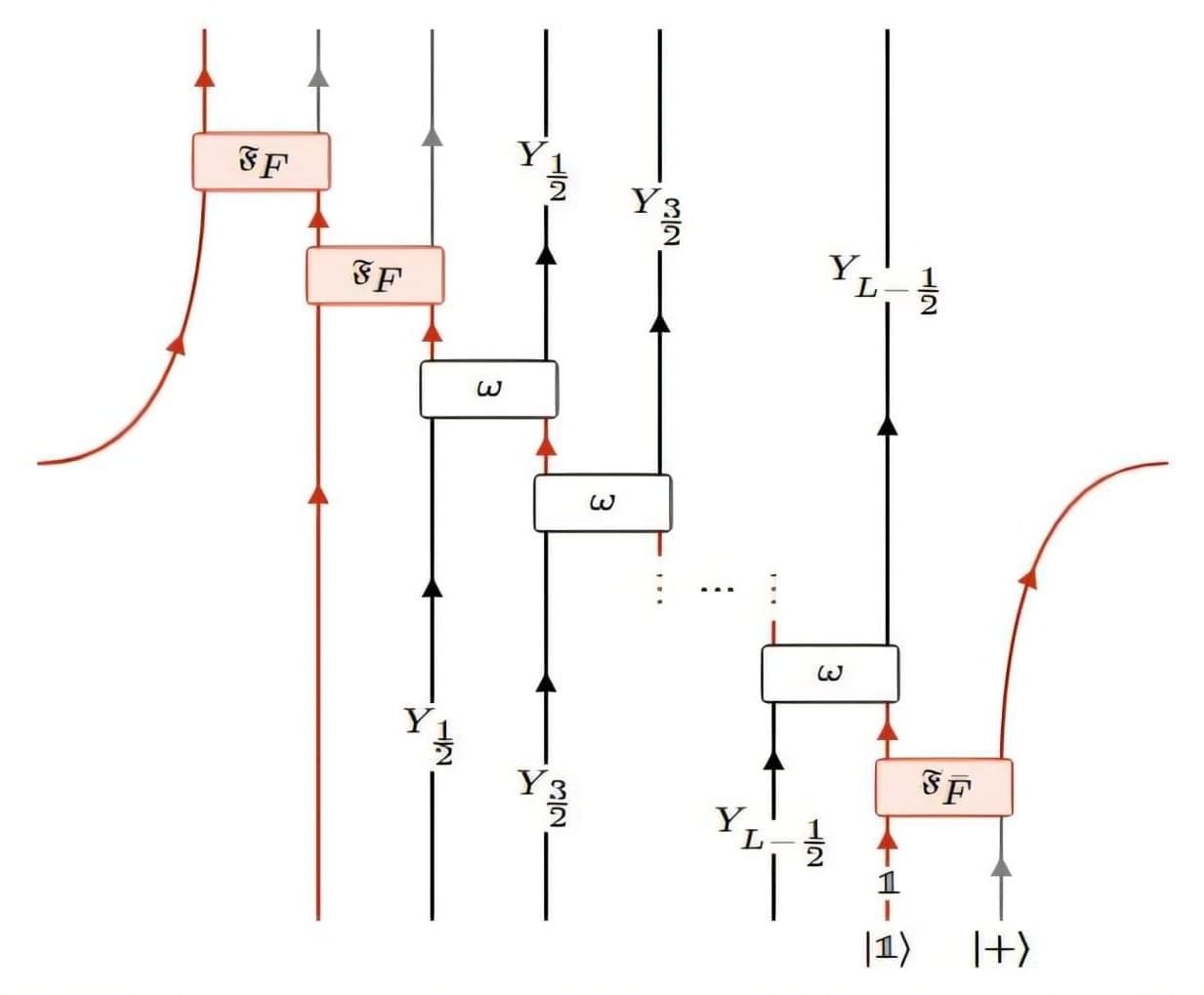Researchers have developed innovative AI algorithms to improve the design and efficiency of radiation shielding for next-gen nuclear reactors.
Just a few weeks after conception, stem cells are already orchestrating the future structure of the human brain. A new Yale-led study shows that, early in development, molecular “traffic cops” known as morphogens regulate the activation of gene programs that initiate stem cells’ differentiation into more specialized brain cells.
The Yale team found that sensitivity to these signaling morphogens can vary not only between stem cells from different donors, but between stem cells derived from the same individual.
“This is a new chapter in understanding how we develop and how development can be influenced by genomic changes between people and by epigenetic modifications within individuals,” said Flora Vaccarino, the Harris Professor in the Child Study Center at the Yale School of Medicine (YSM) and co-senior author of the research, published in the journal Cell Stem Cell.
When a fruit fly is navigating straight forward at high speed, why does it know that it’s not straying off course? Because as long as the fly moves directly forward, the visual scene shifts from front to back in a near-perfect mirror image across both retinas—generating, in other words, a symmetrical visual motion pattern. This pattern, known as “optic flow,” provides a powerful cue for detecting self-motion and maintaining direction.
Moreover, at high speeds, as soon as the fly starts deviating from its straight-ahead course even slightly, the optic flow becomes less symmetrical. But the high level of translational symmetry due to the fly’s high-speed forward motion could mask smaller binocular asymmetries caused by slight rotational inflections in its trajectory.
Therefore, detecting such “errors” and correcting them at the motor level is not trivial and must happen very quickly. Only then will the fly ensure it continues to move straight forward, as intended.
Caffeine shifts brain activity during sleep by increasing EEG complexity and reducing long-range temporal correlations, particularly in non-REM (NREM) sleep. These changes reflect a movement toward a “critical regime” of neural processing, more pronounced in younger adults.
An FDA-designated orphan drug that can target a key vulnerability in lung cancer shows promise in improving the efficacy of radiation treatments in preclinical models, according to a study by UT Southwestern Medical Center researchers. The findings, published in Science Advances, suggest a new way to enhance the response to radiotherapy by inhibiting DNA repair in lung cancer cells.
“This study was motivated by challenges faced by millions of cancer patients undergoing radiation therapy, where treatment-related toxicities limit both curative potential and the patient’s quality of life,” said principal investigator Yuanyuan Zhang, M.D., Ph.D., Assistant Professor of Radiation Oncology and a member of the Harold C. Simmons Comprehensive Cancer Center at UT Southwestern.
Prior research, including from the laboratory of co-investigator Ralph J. DeBerardinis, M.D., Ph.D., Professor and Director of the Eugene McDermott Center for Human Growth and Development, Professor in Children’s Medical Center Research Institute at UT Southwestern, and co-leader of the Cellular Networks in Cancer Research Program in the Simmons Cancer Center, has demonstrated that altered metabolic pathways in lung cancer cells allow them to survive, grow, and spread. But the role of metabolism in enhancing radiation efficacy has not been thoroughly explored.
An alternative periodic table of elements focusing on highly charged ions reveals new science that could support the quest for more accurate optical atomic clocks
Two independent teams have searched for axions using x-ray observations of entire galaxies, setting some of the strictest constraints to date on the properties of these dark matter candidates.
In the context of quantum physics, the term “duality” refers to transformations that link apparently distinct physical theories, often unveiling hidden symmetries. Some recent studies have been aimed at understanding and implementing duality transformations, as this could aid the study of quantum states and symmetry-protected phenomena.
Researchers at the University of Cambridge, Ghent University, Institut des Hautes Études Scientifiques and the University of Sydney recently demonstrated the implementation of dualities in symmetric 1-dimensional (1D) quantum lattice models, outlining a method to turn duality operators into unitary linear-depth quantum circuits.
Their paper, published in Physical Review Letters, is part of a larger research effort aimed at better understanding symmetries and dualities in quantum lattice models.
Today, most of us carry a fairly powerful computer in our hand—a smartphone. But computers weren’t always so portable. Since the 1980s, they have become smaller, lighter, and better equipped to store and process vast troves of data. Yet the silicon chips that power computers can only get so small.
“Over the past 50 years, the number of transistors we can put on a chip has doubled every two years,” said Kun Wang, assistant professor of physics at the University of Miami College of Arts and Sciences. “But we are rapidly reaching the physical limits for silicon-based electronics, and it’s more challenging to miniaturize electronic components using the we have been using for half a century.”
It’s a problem that Wang and many in his field of molecular electronics are hoping to solve. Specifically, they are looking for a way to conduct electricity without using silicon or metal, which are used to create computer chips today. Using tiny molecular materials for functional components, like transistors, sensors, and interconnects in electronic chips offers several advantages, especially as traditional silicon-based technologies approach their physical and performance limits.
A UNSW Sydney mathematician has discovered a new method to tackle algebra’s oldest challenge—solving higher polynomial equations.
Polynomials are equations involving a variable raised to powers, such as the degree two polynomial: 1 + 4x – 3x2 = 0.
The equations are fundamental to math as well as science, where they have broad applications, like helping describe the movement of planets or writing computer programs.









